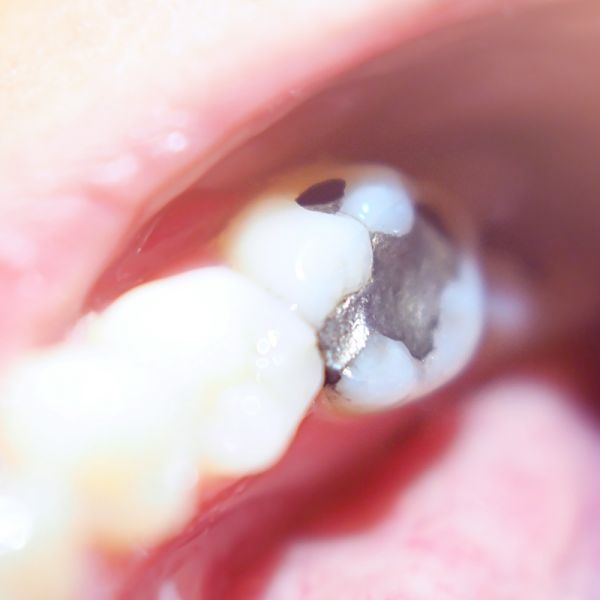AMALGAM REMOVAL
Amalgam is still common in many teeth. If it was the filling material of choice for decades, it disappears more and more from the material portfolio of the dentists. In children and pregnant women and nursing mothers no amalgam is used.
Amalgam fillings should normally only be removed as soon as they are leaking or no longer intact. However, allergies or other proven diseases related to the amalgam filling may also indicate an amalgam restoration.
Procedure:
1. Use of rubber dam
To avoid inhaling vapors or swallowing amalgam parts, a rubber dam is used. A special rubber band to isolate the working area, separating the isolated teeth from the rest of the oral cavity and upper respiratory tract.
To avoid inhaling vapors or swallowing amalgam parts, a rubber dam is used. A special rubber band to isolate the working area, separating the isolated teeth from the rest of the oral cavity and upper respiratory tract.
2. Intensive suction
A special suction reduces the burden of mercury vapors. Amalgam residues and vapors are extracted directly at the work area.
A special suction reduces the burden of mercury vapors. Amalgam residues and vapors are extracted directly at the work area.
3. External oxygen addition (optional)
Additional addition of oxygen via a soft nasal probe, facilitates the application of the rubber dam and prevents the inhalation of amalgam dust through the nasal mucous membranes.
Additional addition of oxygen via a soft nasal probe, facilitates the application of the rubber dam and prevents the inhalation of amalgam dust through the nasal mucous membranes.
4. Application of special drilling instruments at low speed
Special amalgamators with special toothing are used which prevent heating of the filling material. In addition, the drill is used at low speed. This minimizes the release of mercury vapors.
Special amalgamators with special toothing are used which prevent heating of the filling material. In addition, the drill is used at low speed. This minimizes the release of mercury vapors.
5.Displacement of the amalgam filling
Priority is given to manually levering out the amalgam filling, as mercury vapors may form during drilling.
Priority is given to manually levering out the amalgam filling, as mercury vapors may form during drilling.
Feel free to contact us for further questions.



